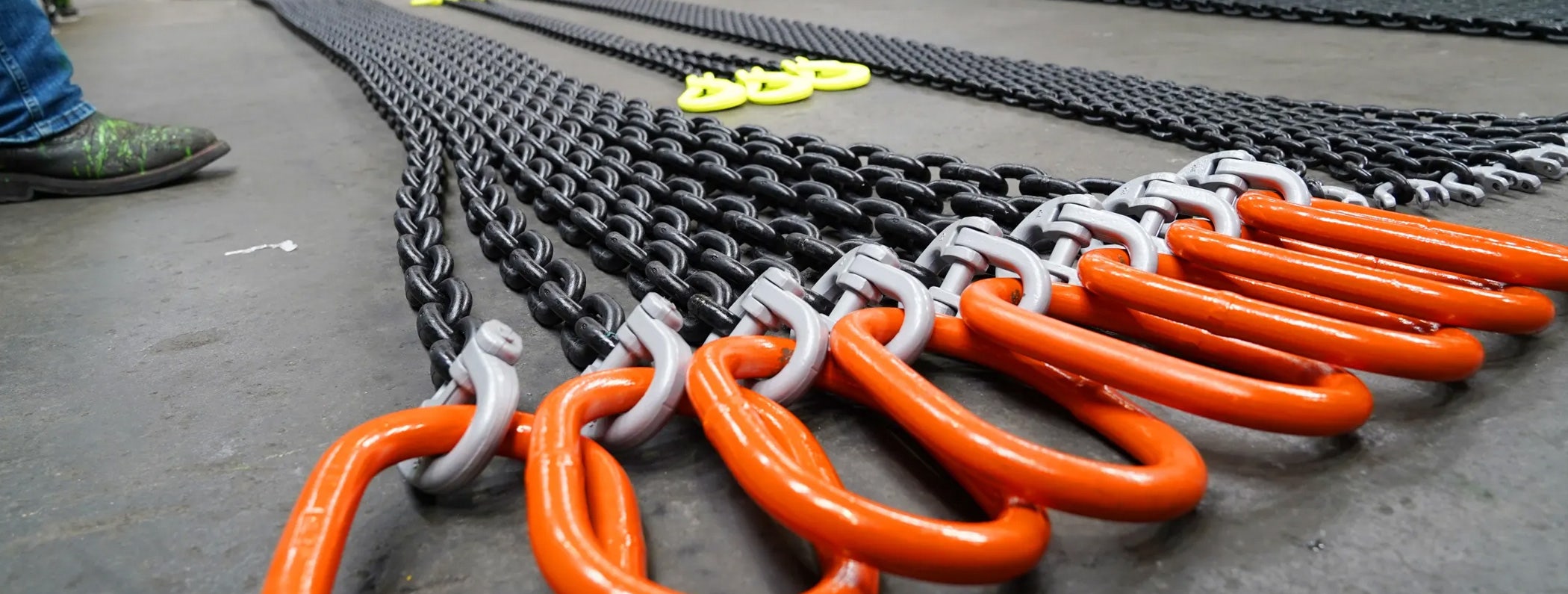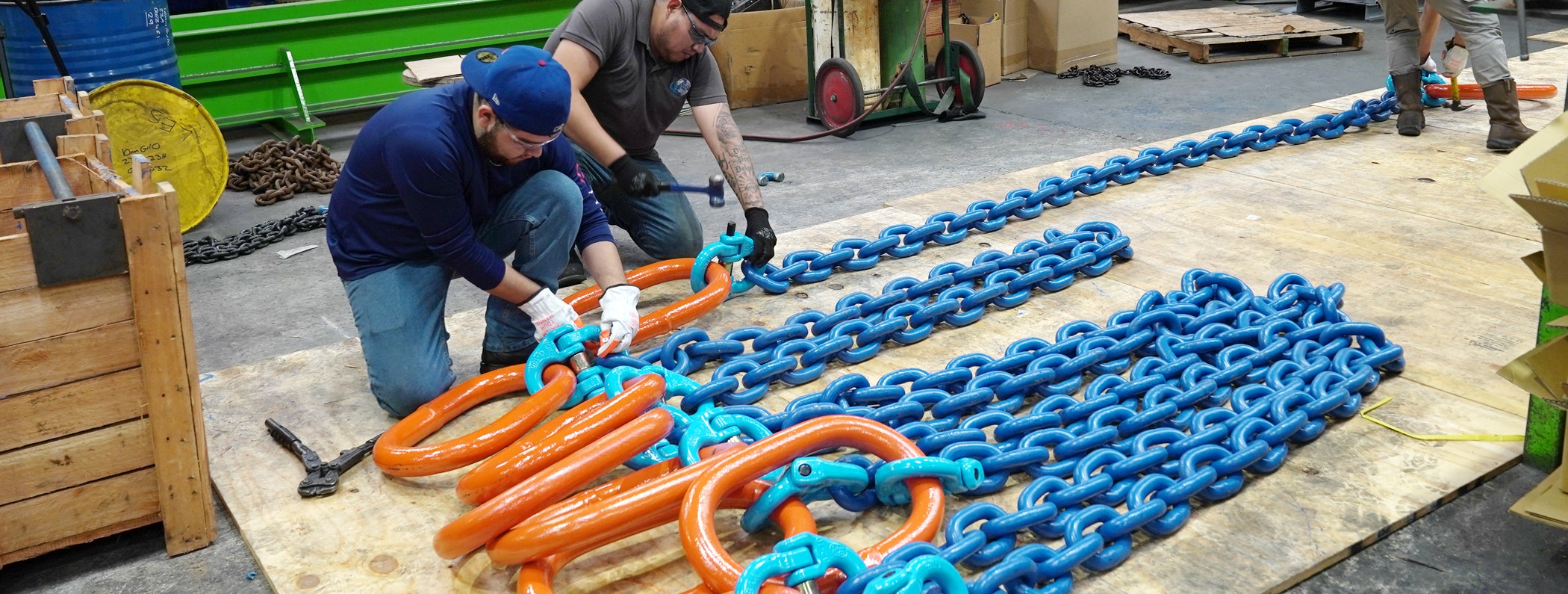3 Rigging Equipment Safety Tips
Rigging equipment is an important part of various industries wherein a major activity is heavy lifting. This essentially means that such equipment should be used carefully; any mistake from the safety perspective and it might just lead to fatal injuries, which could otherwise have been avoided. To put it simply, adhering to rigging safety tips will go a long way in saving lives.
So let’s take a look at three tips that need to be kept in mind while using rigging equipment:
1. Authorized Personnel Only!
Such equipment cannot be used by just anybody. Authorized personnel who’ve undergone proper training in the use of this equipment should be in charge of them and not somebody who has cursory knowledge of using it. It takes a special kind of expertise to rig a load and ensure that a particular rigging application adheres to the best safety standards. It is important that rigging personnel pay attention to details and can identify a problem much before it leads to disastrous consequences. Qualified professionals avoid making careless decisions and know the adverse consequence of taking reckless chances with their rigging paraphernalia. Inexperienced personnel should never be given charge of any rigging activity, because lack of knowledge can lead to accidents which in turn can lead to death.
2. Keeping an Eye on the Weather
Weather has a huge role to play when it comes to maintaining the safety of rigging operations. Acceptable rigging procedures in normal weather need to be tweaked in case of windy or rainy weather. In such cases, the load might become unstable and the lack of visibility might also lead to certain catastrophic errors. The experience of riggers will come into play here as well, and they will need to make a call on how the rigging activity can be managed in worsening weather and when it needs to be stopped. Unbalanced load, loads frozen to the ground, slippery loads, etc. are just some of the many problems that rigging personnel face in bad weather. It is only their experience and expertise that will help them work in such weather by tweaking their existing rigging processes. Of course, if the weather worsens, all rigging activity must be stopped and resumed only when the weather clears.
3. Ensuring No Defective Equipment is used
Using defective rigging equipment increases chance of wire rope breakage, load slippage etc. This means inspection of rigging hardware is one of the most important activities if you want to adhere to the highest standards of rigging safety. Ideally, all important hardware should be inspected visually before use. More importantly, this inspection must be carried out by qualified personnel who recognize the importance of inspection and can immediately recognize if certain equipment has a problem, albeit a minor one. Another aspect of inspection is repairing any damage identified and if it cannot be repaired getting rid of the defective piece of equipment.
These are just three of the most important tips for using rigging equipment safely. Keeping these tips in mind will definitely help save lives.
Get Rigging Safety Training















